Advertiser Disclosure: Eye of the Flyer, a division of Chatterbox Entertainment, Inc., is part of an affiliate sales network and and may earn compensation when a customer clicks on a link, when an application is approved, or when an account is opened. This relationship may impact how and where links appear on this site. This site does not include all financial companies or all available financial offers. Opinions, reviews, analyses & recommendations are the author’s alone, and have not been reviewed, endorsed, or approved by any of these entities. Some links on this page are affiliate or referral links. We may receive a commission or referral bonus for purchases or successful applications made during shopping sessions or signups initiated from clicking those links.

If you have never been on a cruise or have only maybe taken a few short ones you may be surprised to learn you are very likely going to end up on a life boat during your cruise. Now I am not talking about the ship sinking or running aground like the ill fated Carnival Costa ship – no I am talking about tendering.
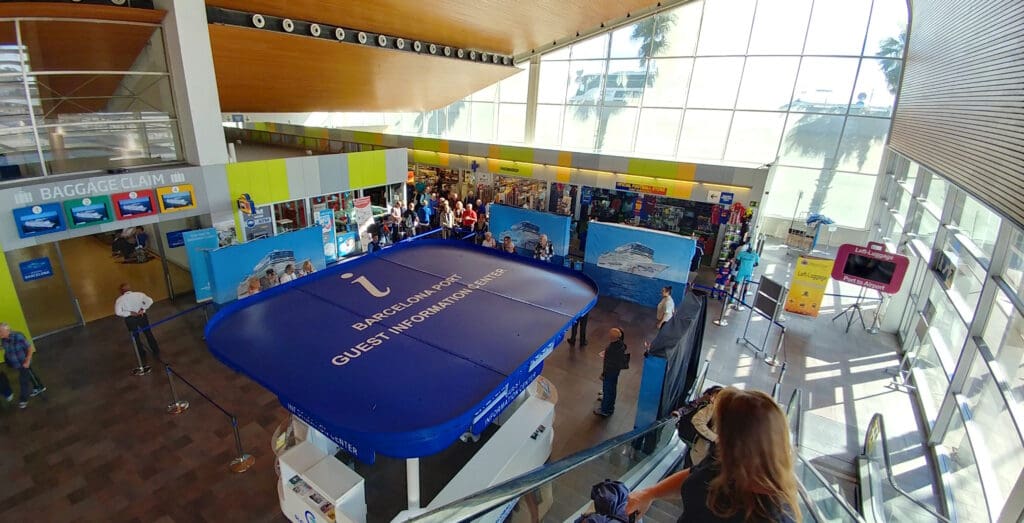
When you board your cruise you will most likely be at a large cruise terminal run by the cruise line. You will take either an elevator or escalator up to a gangway and then board the ship somewhere in the mid to lower mid decks. But at tropical ports it can be very different.
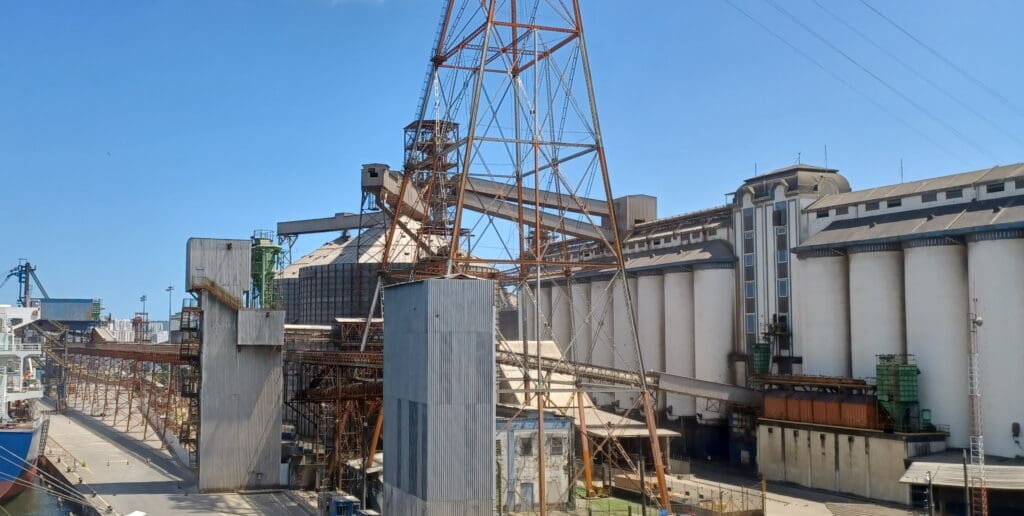
Many of your stops will have a “real” dock, either one constructed specifically for cruise ships, or at least a dock built for large marine vessels. The latter, a commercial port, will usually mean you exit the ship from the lowest decks and get on a shuttle bus of some kind to get to the entrance to the port.
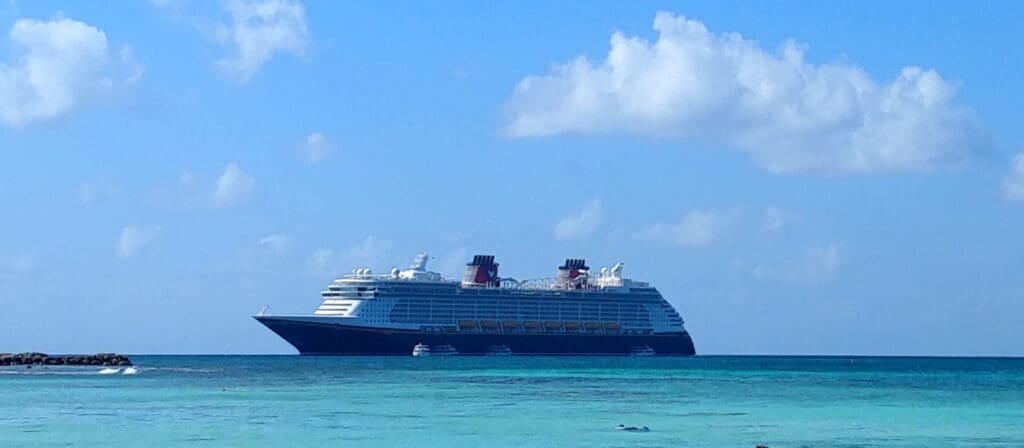
But some, like Grand Cayman, have yet (if ever) to build a proper sized dock for ships and have a small flotilla of boats built specifically to get you off of the side of the massive ship you are on, as you can see in the photo above. While others will simply have a smallish dock with no boats to pick you up – what then?
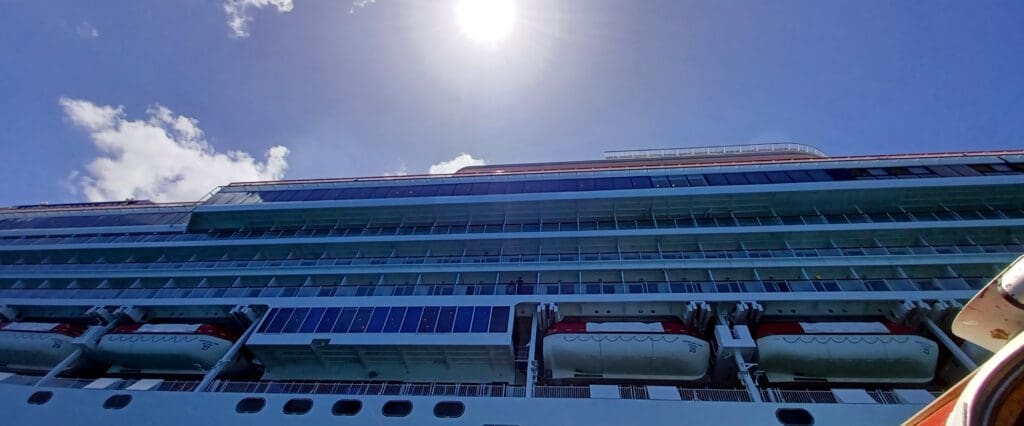
This is where you have a chance to see just what it is like to spend some quality time onboard one of the ship’s life boats. Keep in mind these tiny, most times motorized craft, are built to hold 100, 200 or more passengers crammed in like sardines in the event of an emergency evacuation.

During your tender you will not have anywhere near that number of passengers onboard as they are trying to make this rather uncomfortable short voyage a bit more pleasant by not packing in too many folks. If the weather is nice and conditions are smooth they may, as you can see from the above shot, open the windows to get some air flowing into the hot fiberglass boat.
Another big reason cruise ships use lifeboats as tender vessels is because lifeboats are designed to be seaworthy and strong. Plus, they are also readily available and can be easily launched and retrieved from the ship and lifeboats are generally less expensive to operate and maintain than other types of tender vessels you may see at ports, such as tenders or water taxis, which are typically used to transport passengers to and from shore.
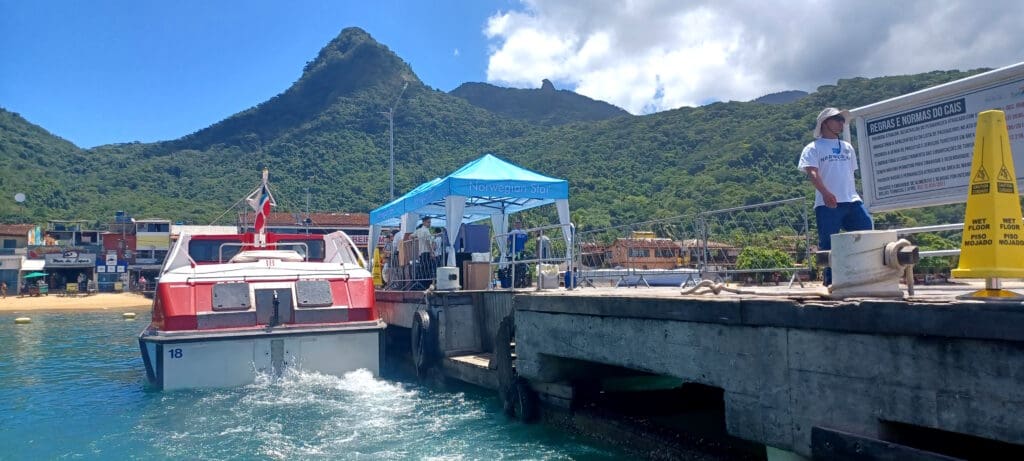
That said it is rarely as smooth a ride as you see pictured above. Many times there are some swells that you would not notice on the ship but are pronounced on the tenders. If you are a person prone to sea sickness you may want to be very careful getting on a life boat tender to get to shore if conditions are less than favorable.
For some this ride can be a fun new adventure but to Frequent Floaters it is one of the things we dread the most and I for one can not dream of ever having to abandon ship and spend time with hundreds of sea sick passengers until rescue – then again better that than the alternative! – René
Advertiser Disclosure: Eye of the Flyer, a division of Chatterbox Entertainment, Inc., is part of an affiliate sales network and and may earn compensation when a customer clicks on a link, when an application is approved, or when an account is opened. This relationship may impact how and where links appear on this site. This site does not include all financial companies or all available financial offers. Opinions, reviews, analyses & recommendations are the author’s alone, and have not been reviewed, endorsed, or approved by any of these entities. Some links on this page are affiliate or referral links. We may receive a commission or referral bonus for purchases or successful applications made during shopping sessions or signups initiated from clicking those links.



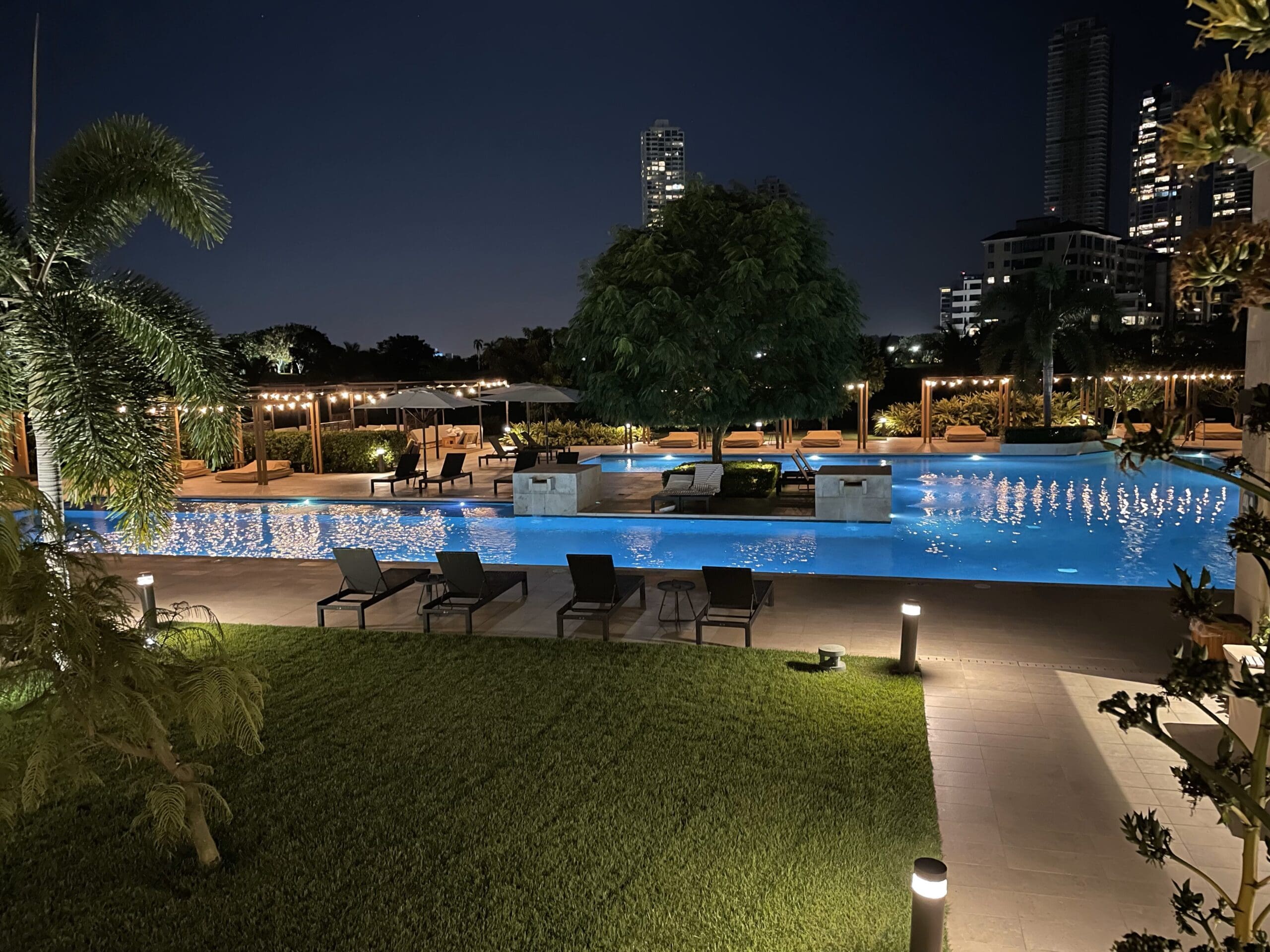








One more lame-brain article like this, and I’m done. At least ID the information to attract first-time cruisers, so the rest of us don’t waste our time.
@jsn55 – In the very first paragraph I indicate we are talking about tendering. I am sorry you feel I wasted 60 (or fewer) seconds of your life to read that far. You seem to very much appreciate the other posts on the blog!
Rene! Thanks for explaining. I was visiting Kona and saw these strange colorful boats going to and from the ship and wondered whether they were “life boats.” We have not yet taken a “cruise.”
@Greg – Thank you! I hope you take one – one day!